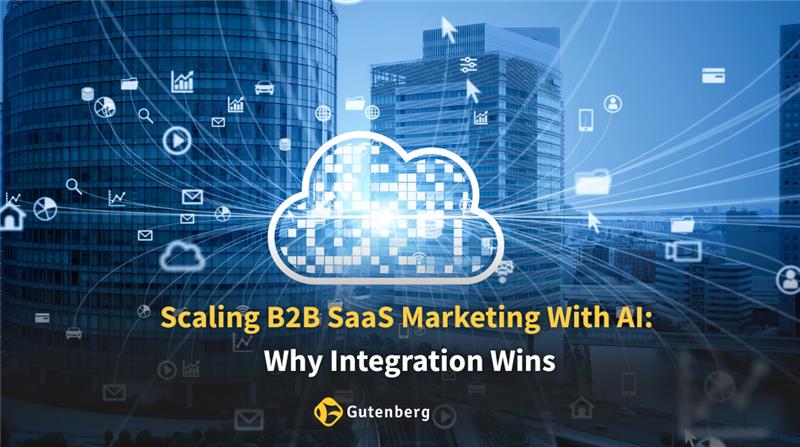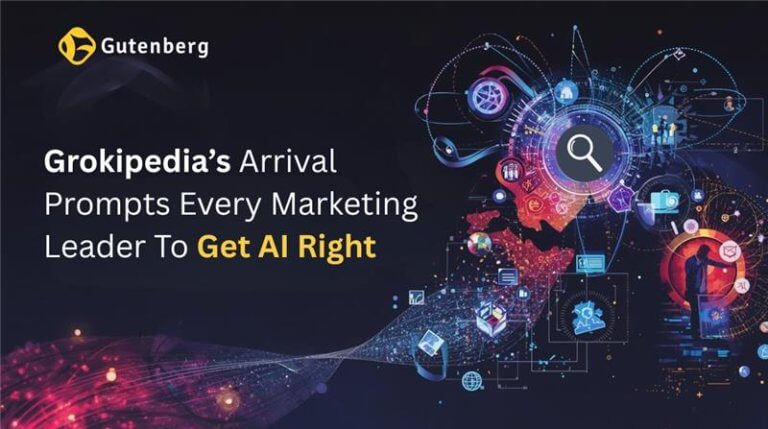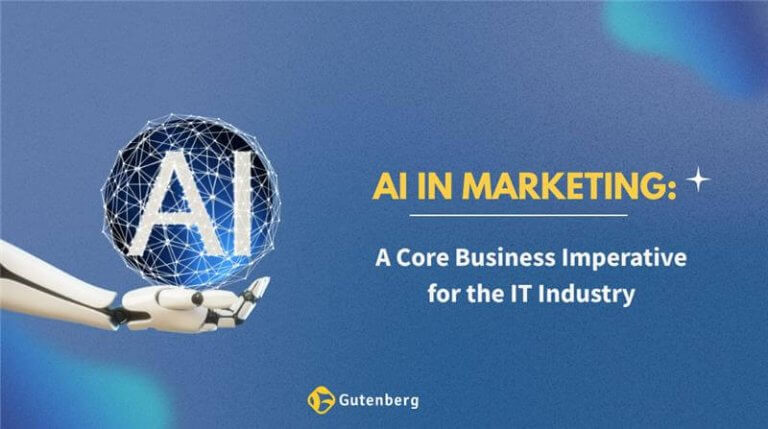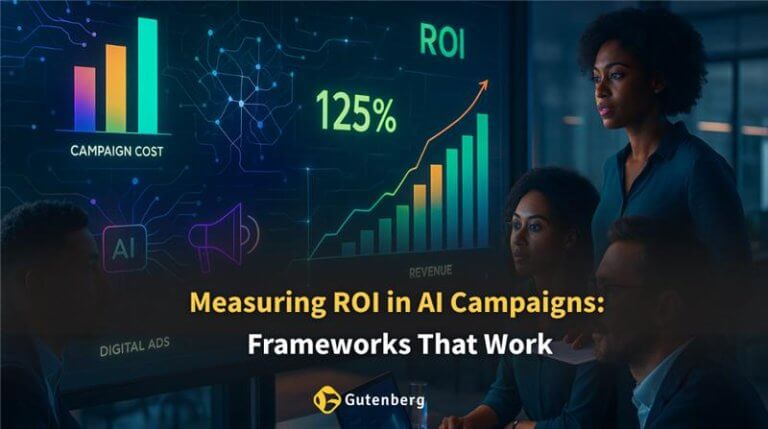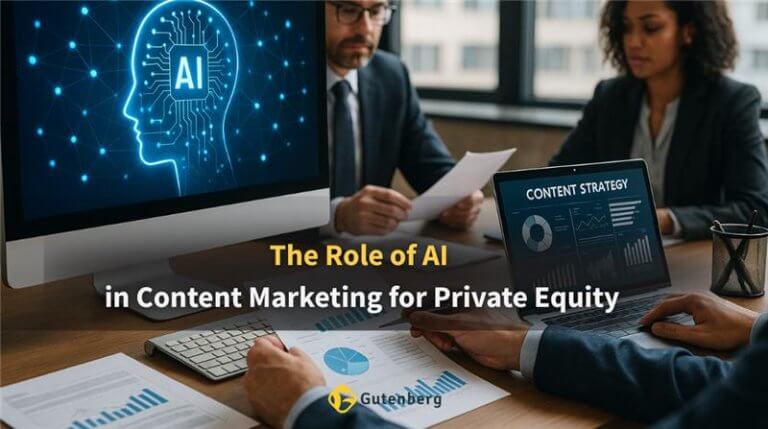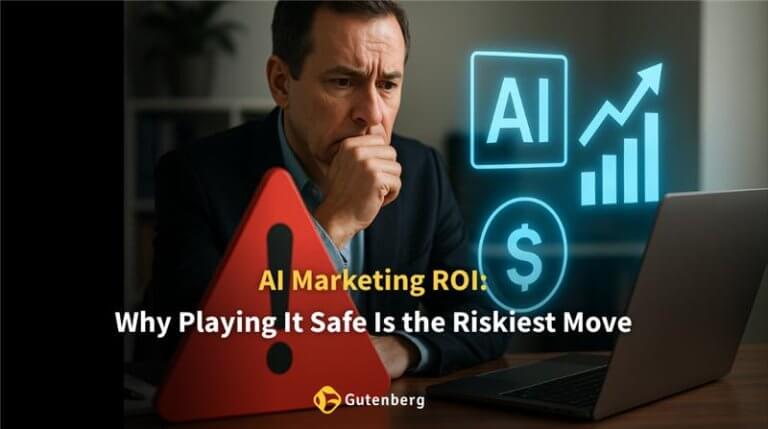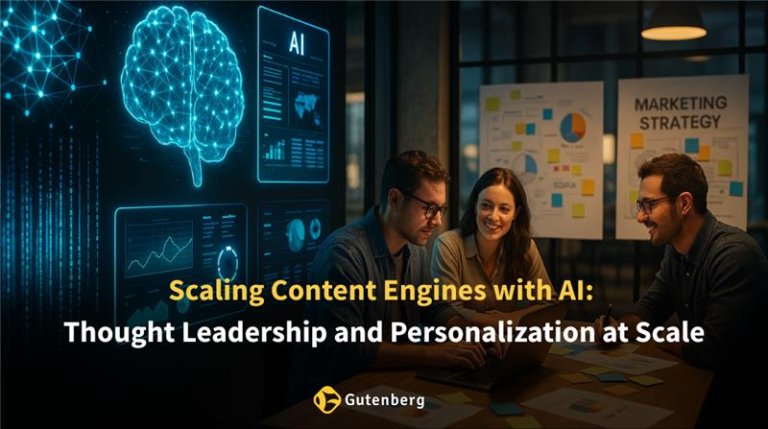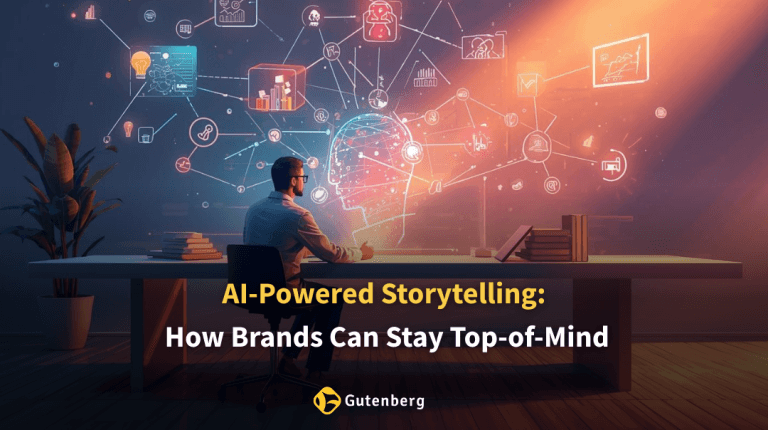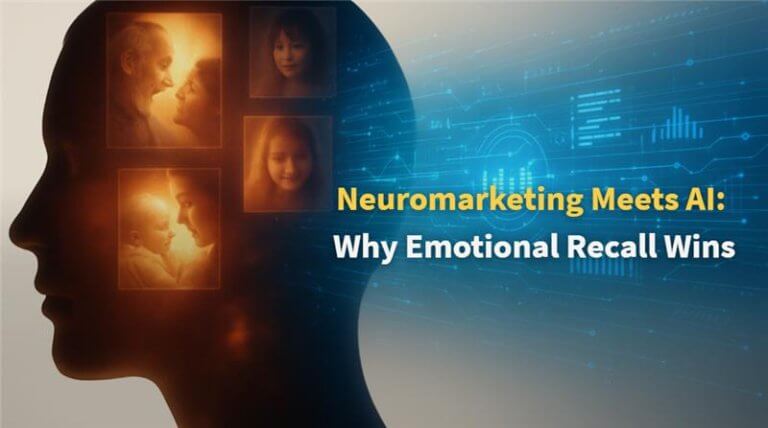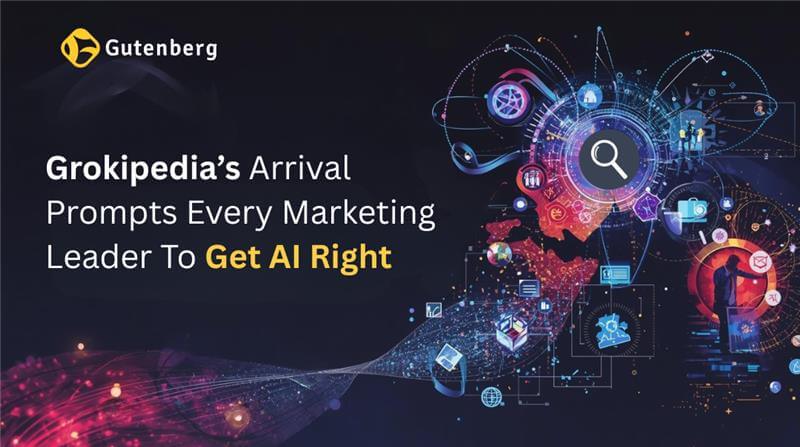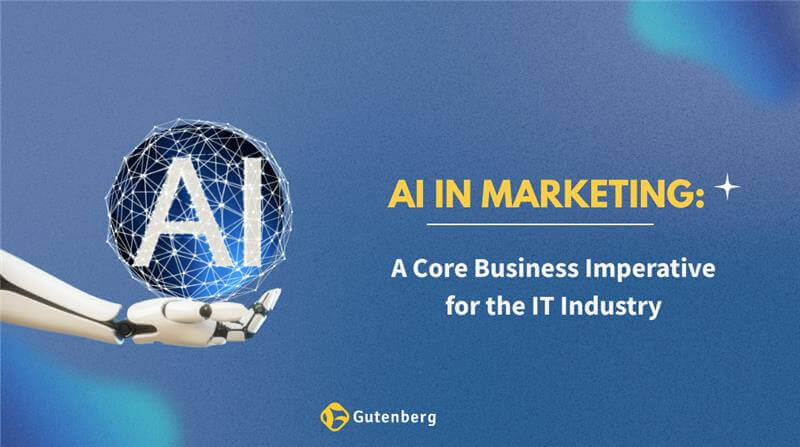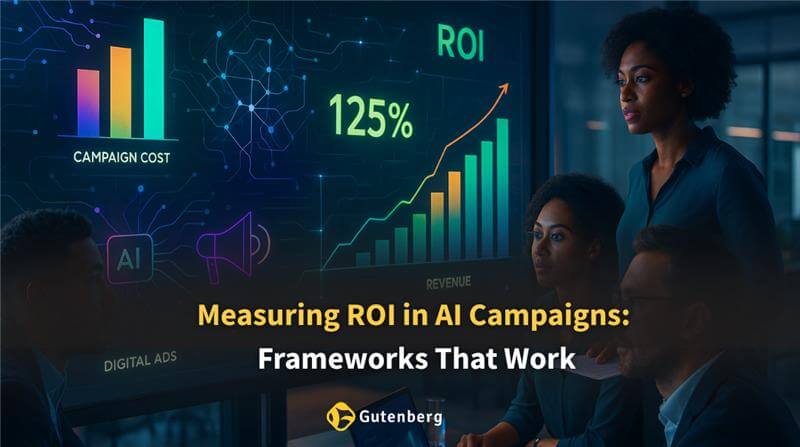The B2B SaaS sector is riding a transformation wave powered by artificial intelligence. But budgets are tightening, churn cycles are accelerating, and customer expectations for personalization are higher than ever. That’s why leaders are turning to AI for B2B SaaS Marketing as more than a trend—it’s becoming the backbone of scalable growth. By integrating automation, predictive insights, and personalized engagement into one connected system, SaaS marketers can move beyond fragmented tools and build strategies that deliver measurable impact.
In this blog, we’ll explore why integration beats isolated tools, how SaaS marketing automation is evolving, where AI is transforming customer acquisition, and which metrics define sustainable B2B SaaS growth with AI.
AI for B2B SaaS Marketing: What Integration Means Today
Seamless AI for B2B SaaS Marketing goes far beyond plugging in single-use tools. It involves building an ecosystem where predictive analytics, automated content delivery, lead management, and reporting systems all work together. This approach removes inefficiencies, creates faster feedback loops, and allows companies to engage customers with precision.
By 2025, 95% of organizations will be piloting or using AI-powered SaaS applications. US-based firms are especially moving from isolated plug-ins to fully embedded systems that cover entire workflows.
- Customer Journey Mapping: AI can track and personalize touchpoints across every stage, from trial signup to renewal.
- Dynamic Content Optimization: Real-time tailoring of landing pages, ads, and emails to match user intent.
- Voice and Generative Search Readiness: AI ensures SaaS brands show up in answer engines and voice results.
- Data-Driven Retention Programs: AI identifies churn signals and automatically triggers campaigns to retain at-risk users.
SaaS Marketing Automation: Efficiency and Personalization at Scale
Advances in SaaS marketing automation are unlocking personalization at scale. Modern systems go beyond simple email scheduling, enabling automated segmentation, hyper-targeted engagement, and predictive timing for messages.
Conversational AI creates more natural interactions, while predictive models help decide exactly when and how to communicate. Enterprises in the top quartile of AI maturity report 15–30% improvements in productivity and retention. Automated workflows also reduce manual labor, allowing marketers to focus on strategy.
AI Integration for SaaS in the US: Unified Stacks, Real Results
Unified AI integration for SaaS platforms brings CRMs, analytics engines, ad systems, and content hubs into a single ecosystem. When marketers use this setup, they benefit from instant insights and reduced handoff delays between platforms.
This is especially powerful in the US, where marketers compete across diverse city and state-level markets. Integrated stacks allow national strategies to be localized at scale, without slowing execution. Over 60% of enterprise SaaS products now embed these features.
- Compliance at Scale: AI ensures campaigns respect regional privacy laws and state regulations.
- Localized Campaigns: Create variations for New York, Chicago, or San Francisco audiences with minimal manual setup.
- Faster Attribution: Unified dashboards connect ad spend to ARR in real time, helping US SaaS firms justify budgets.
- AI-Supported Sales Handoffs: Marketing-qualified leads reach sales teams with predictive scores that reflect regional buying intent.
AI in Customer Acquisition: Precision and Predictive Power
The role of AI in customer acquisition is clear. It dissects intent data, automates ad delivery, and personalizes journeys across multiple channels. Predictive models strengthen lead scoring, reducing wasted spend and improving sales readiness.
A SaaS provider using AI in customer support reported a 66% reduction in support volume. Predictive lead scoring can boost lead-to-customer rates by up to 35%.
B2B SaaS Growth with AI: Metrics That Matter
B2B SaaS growth with AI focuses on revenue-driving metrics such as ARR, pipeline velocity, and customer lifetime value. These data points replace vanity metrics, ensuring executives see a direct link between AI adoption and revenue outcomes.
The median growth rate for public SaaS firms is 30% as of late 2024, with private US companies tracking close to that benchmark. AI-driven experimentation helps sustain this growth by constantly optimizing campaigns and product engagement.
| Metric | Traditional | AI-Enabled |
|---|---|---|
| Segmentation | Static lists | Dynamic micro-segments |
| Lead Scoring | Basic models | Predictive, intent-based |
| Testing | Fixed A/B cycles | Live multi-variant |
| GEO Targeting | Broad US targeting | City/state-specific |
| Reporting | Monthly batches | Always-on dashboards |
Spotlight: Gutenberg’s Role in B2B SaaS AI Marketing Transformation
Gutenberg partners with B2B SaaS companies across the US to build integrated AI-driven strategies that fuel measurable growth. We combine AI integration for SaaS with creative storytelling, ensuring campaigns not only perform but resonate with audiences.
What Gutenberg Delivers:
- Integrated Marketing Automation: Building unified stacks tailored for SaaS workflows.
- Voice & GEO Optimization: Ensuring visibility across voice searches and local results.
- ROI Tracking Dashboards: Connecting every marketing effort to ARR, pipeline velocity, and customer retention.
- Strategy + Creative Alignment: Merging AI precision with human creativity for campaigns that scale.
- Consultative Approach: Our US strategy team works closely with clients to design roadmaps suited for regional markets.
With a focus on outcomes rather than outputs, Gutenberg positions SaaS brands for sustained growth, improved retention, and stronger ROI.
Best Practices and Actionable Takeaways for US SaaS Marketers
Adopting AI for B2B SaaS Marketing requires a balance of technology and strategy. These best practices make the difference between experimentation and long-term success:
- Blend Creativity with Data: Human-led ideas combined with AI insights deliver campaigns that stand out while staying measurable.
- Focus on Revenue Metrics: Track ARR, pipeline conversions, and lifetime value instead of surface-level KPIs.
- Adopt Voice and Generative Search Tactics: Optimize content for how Americans search across smart devices and answer engines.
- Use Real-Time Dashboards: Replace static reports with continuous insights to adjust quickly to market shifts.
- Prioritize Customer Retention: Deploy AI to detect churn risk early and build campaigns around upsell and renewal opportunities.
- Invest in Predictive Lead Scoring: Let AI qualify leads, freeing sales teams to focus on those most likely to convert.
- Localize Campaigns at Scale: AI enables city or state-specific targeting without the heavy lift of manual customization.
- Test and Iterate Faster: Use AI-enabled live testing instead of waiting for traditional A/B cycles.
Wrapping Up: Action for US SaaS Marketers
The most successful SaaS brands are those that commit to complete AI integration for SaaS. Isolated tools can deliver short-term efficiency, but real scale happens when automation, analytics, and creative storytelling work together in one ecosystem.
For US-based SaaS companies, the opportunity is especially urgent. Buyers expect hyper-personalized experiences, quick responses across channels, and content tailored to their local market. AI delivers this at scale, but only if adoption is structured around integration and not fragmented experiments.
The path forward is clear:
- Audit existing tools and identify gaps where manual work is slowing growth.
- Prioritize platforms that unify data and create a single view of the customer.
- Align marketing and sales teams with shared AI dashboards for pipeline clarity.
- Build retention-focused campaigns that use predictive models to extend lifetime value.
Companies that act now will not just meet current demand but also position themselves for the next wave of search, voice, and generative AI adoption. Those that wait risk falling behind as SaaS markets become more competitive and customer expectations rise.
Frequently Asked Questions
Q1. How does AI help scale B2B SaaS marketing campaigns?
AI automates targeting, optimizes campaigns in real-time, and enables predictive engagement across funnels.
Q2. What are the best AI tools for SaaS marketing automation?
Leading tools include AI-driven CRMs, predictive analytics platforms, and workflow automation software tailored for SaaS.
Q3. How does Gutenberg support B2B SaaS companies with AI integration?
Gutenberg builds unified stacks, combining analytics, automation, and creative strategy to deliver measurable SaaS growth.
Q4. Why is integration key for AI success in SaaS marketing?
Integration eliminates silos, ensures consistent messaging, and unlocks predictive insights across the customer journey.
Q5. Can AI improve lead conversion rates for SaaS businesses?
Yes. Predictive lead scoring and intent-based engagement can raise conversion rates by up to 35%.
Q6. What are examples of successful AI adoption in SaaS marketing?
Examples include NRR growth, lower acquisition costs, and higher engagement driven by automated personalization.
Q7. Why trust Gutenberg for AI-driven B2B SaaS marketing solutions?
We specialize in combining AI technology with creative campaigns, ensuring results that align with SaaS business goals.

